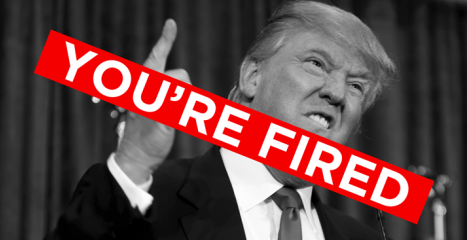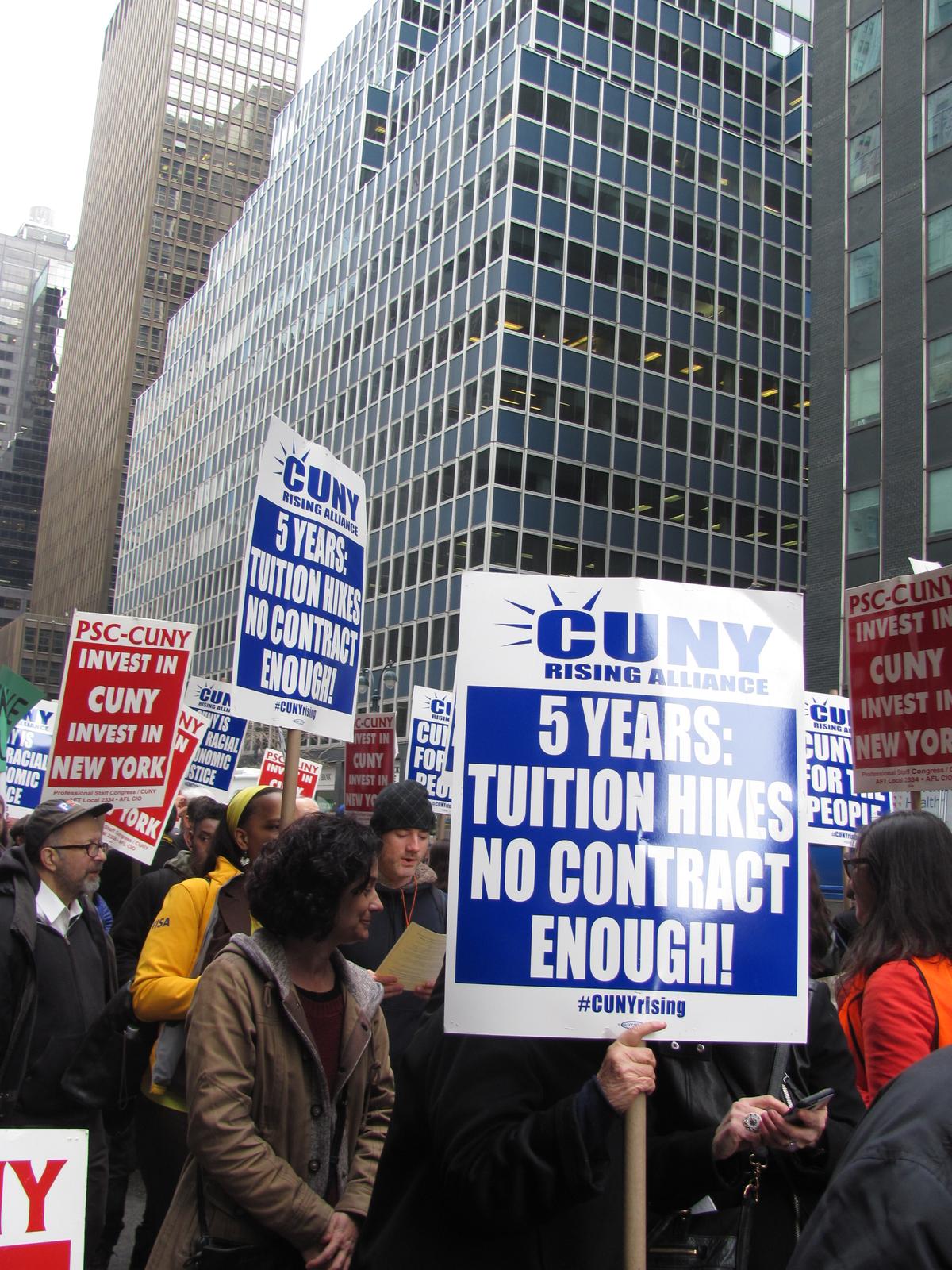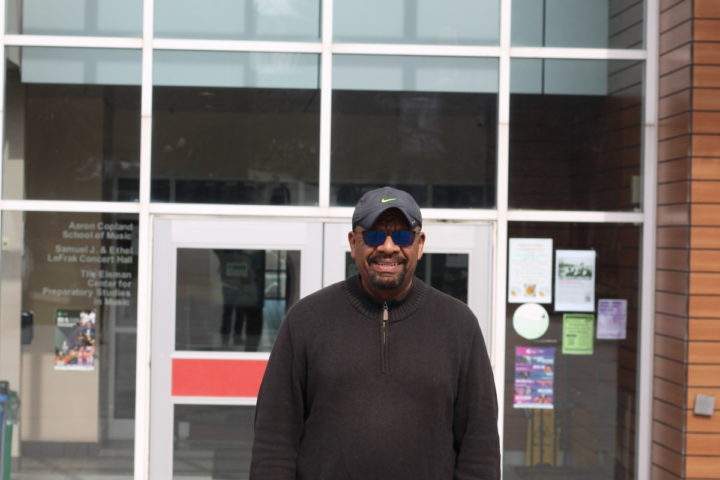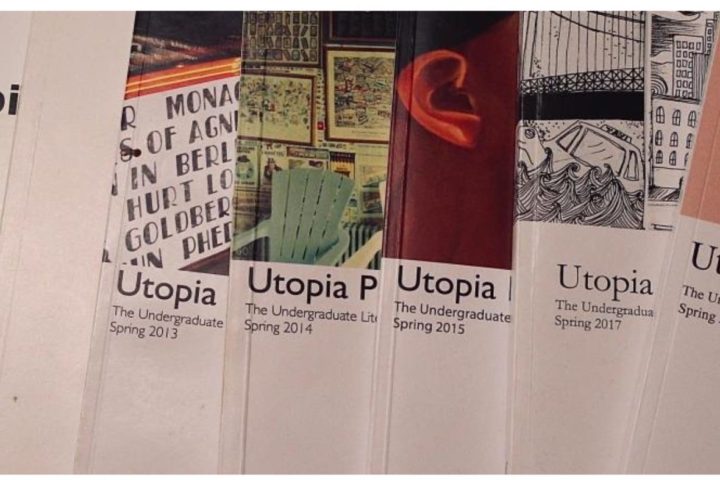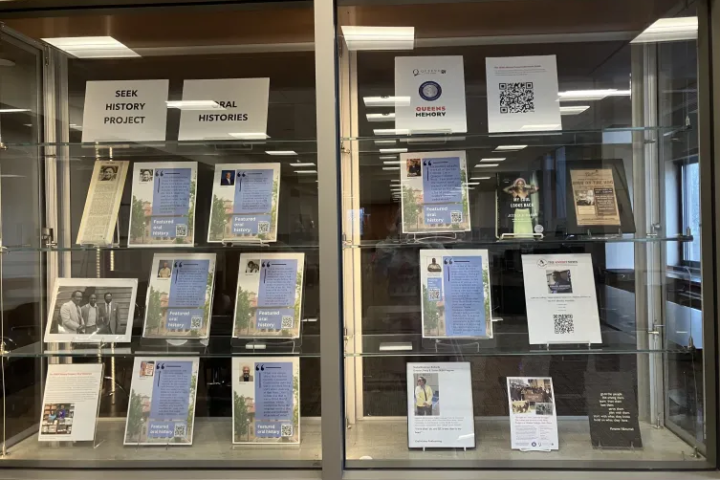“Beautiful weather all over the country, a perfect day for all women to march,” read President Trump’s tweet on January 20th, exactly one year since his inauguration and, as he aptly noted, the 2018 Women’s March.
Starting out as a single protest in Washington D.C and slowly gaining traction in major cities across the country, the first annual Women’s March turned out to become the largest sitting protest in U.S history. Over three million people in the states—and just over five million worldwide—joined together in demonstration against the misogyny and intolerance that won Trump the presidency, and to advocate for issues that were neglected under his campaign, including immigration reform and LGBTQ+ rights.
Despite the record-breaking turnouts of last year’s march, many have felt defeated by the onslaught of racially intolerant policies and xenophobic remarks that have emanated from the White House over the past year. Indeed, it had begun to feel as if the momentum that stirred people around the world in 2017 was just an immediate reaction to the shock of the presidential election results—a reaction that would eventually plateau with time. And yet, the hundreds of thousands of people who braced the streets for the second round of the Women’s March was indication that the country has not lost sight of the momentum that made last year’s rally a moment for history.
This year’s women’s march seemed to pick up where last year’s left off, as many participants returned to continue voicing their disdain for Trump and his administration’s policies. In New York, which saw an estimated turnout of over two-hundred thousand, women and girls clad in pink pussyhats—an emblem from last year’s protest meant to play on Trump’s notorious “locker room” remarks—swarmed subway trains headed to the march’s start on Columbus Avenue. Out on the streets, posters that read, “Please note the lack of Nazis at our marches” and “It takes an asswipe to know a shithole,” were in response to Trump’s inability to denounce the alt-right rally Charlottesville, Virginia back in August, and his more recent racist comments about Haitian immigrants in the United States. Hats and signs weren’t the only marks of defiance, however; marchers stuck up their middle fingers as they made their way past the Trump Tower, whose front door security personnel stood in silence while chants of, “Hey hey, hey ho, Donald Trump has got to go,” filled the air.
Whereas most of the rally was aimed at Donald Trump, this year’s march also brought together supporters of the #MeToo and Time’s Up movements, two initiatives that gained prominence leading into 2018, as a staggering number of women spoke out as victims of sexual assault. Celebrity activists, such as Scarlett Johansson and Natalie Portman, spoke to Los Angeles protestors on abuse of power and consent, while singer-songwriter, Halsey made international headlines after recounting her personal experiences with assault in a powerful poem recited to a New York City crowd.
Finding its roots in issues of gender politics and sexual harassment, “Power to the Polls” was yet another theme that gained momentum at this year’s march. Aimed at increasing voter participation and encouraging more women to run in all levels of government, the initiative was spurred by the country’s blind embracement of male politicians accused of being sexual predators, a nonresponsive approach that, many believe, helped get Trump elected. Indeed, since Trump’s election as President, there has been a surge of first-time women candidates running for office with the help of seasoned female politicians, who have been creating organizations for new candidates to raise money for their campaigns. In fact, according to the Center for American Women in Politics, approximately 400 women are candidates for the House of Representatives, with at least 72 up for reelection. Among those 400, nearly 320 are Democrats.
Ultimately, Power to the Polls introduces an opportunity to transform the momentum of the streets into activism in the house. For many women, especially after a year of empty promises and discriminatory policies coming from Trump’s administration, the greatest testament to the weight of the March is in the ballot.








